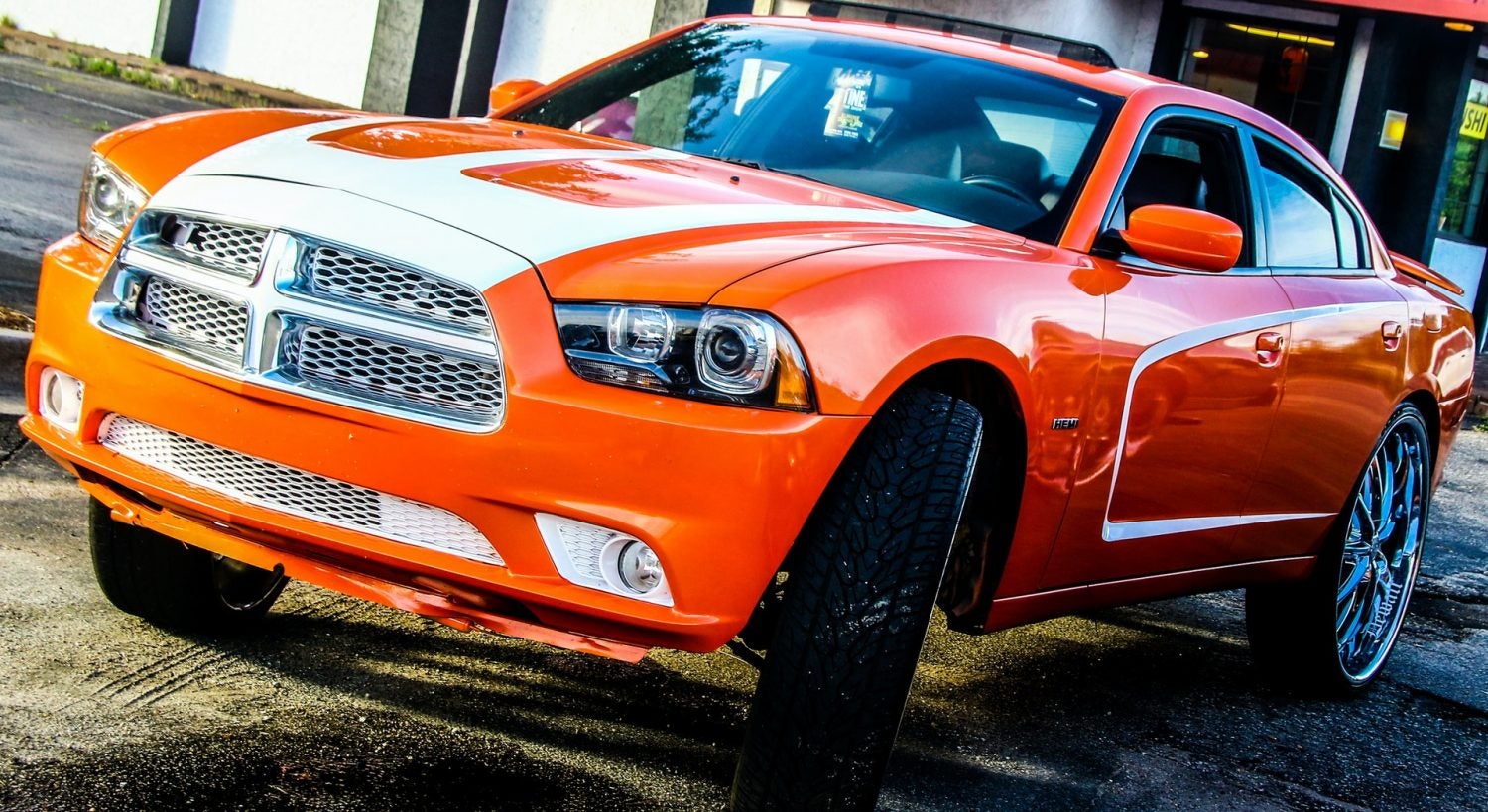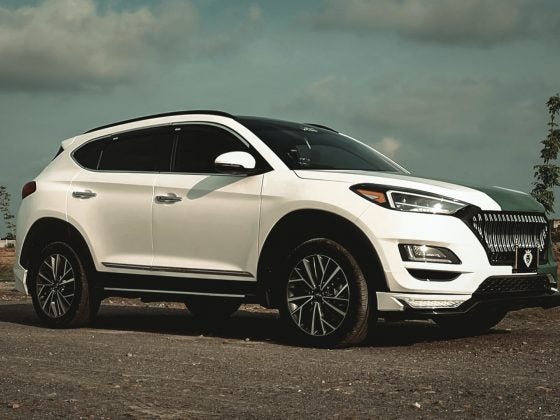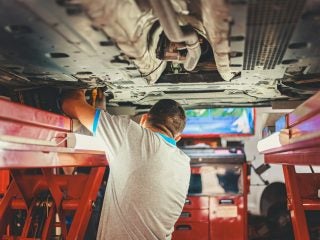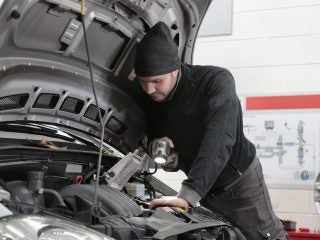There may be a lot of reasons why you might want to buy a used car, the most obvious among them – they are more affordable. The booming used car market offers bigger and more luxurious vehicles a sight cheaper. However, there is more to consider as you come to a decision of buying a used car. Find below a few dangers that should never be ignored.
1. Vehicle history
If you are going to purchase a used car from a private person, you’d rather proceed with due caution since the car may be stolen. Scammers can change the engine number to sell it on the used car market with fake registration papers or insurance policies. You’d better check the National Insurance Crime Bureau website to find out if the vehicle was stolen but uncovered.
If you are going to purchase a used car from a certified dealership, it is necessary to be quite confident about its reputation. You can use a number of websites like PissedConsumer.com, Yelp.com, Google.com as a source for honest reviews or data. Most consumer reviews can help get the facts straight revealing insights into perks and pitfalls.
You can mitigate risks when buying a used car by choosing reputable dealerships. A great example is EchoPark in Centennial, known for its transparency, customer service, and guaranteed satisfaction without haggling.
2. Warranty period
Used cars may not come with a warranty so that you could miss out on protection against mechanical and electrical faults. Certainly, they may have some factory warranty left. Sometimes, dealerships provide extended warranties with limited terms and conditions. To get peace of mind, you should check with the service centre about the remaining warranty.
Another risk involved in getting a used vehicle is that you know nothing about the car’s past history. If it was involved in a major traffic accident or treated poorly and then repaired to be sold, there could be major maintenance issues later on. It will be helpful to examine existing insurance claims and service records.
3. Reliability level
The more miles on the clock, the less reliable a vehicle can be. In addition, new cars compared to old ones are often equipped with modern technologies to ensure safe driving. It is very important to get a used car thoroughly inspected by a qualified mechanic before purchasing.
You may also look for reliability assessments in the appropriate online reviews. Driving enthusiasts get used to discussing different topics within online communities.
4. High rates
Used car loan interest rates are always higher than rates for new vehicles due to a number of reasons. The first one is depreciation. There is no clarity on the state of the car, the engine condition, the maintenance activities and so on.
Next, the greater risk is involved in used car financing. Lenders view pre-owned cars as risky. They consider the type and age of the vehicle. Most banks don’t fund second-hand cars older than ten years. Plus, used car values are less predictable.
5. Expensive maintenance
As a rule, used cars require extra maintenance and repair as they get old. The extra costs should be taken into account while making a decision on purchasing a second-hand vehicle.
Some dealerships offer specific certified pre-owned programs for low-mileage used vehicles. They extend the warranty coverage and may include free of charge roadside assistance. CPO vehicles cost a bit more compared to standard ones, but they may protect you from large repair bills in the future.
6. Fuel price
Petrol consumption increases with the mileage. Taking into account regular fluctuations in the fuel market, expenditures for gasoline may constitute a substantial part of a family budget. Choosing a used vehicle, you should pay attention to fuel-efficient ones.
As an alternative, you may try to upgrade the engine or choose newer powertrain control systems designed to evolve engine technologies.
7. Rapid depreciation
It’s no secret that your car loses 10% of its value as soon as you drive it off the dealership site. After 5 years its value reduces by half. Savings are doubtful since you will have to maintain and repair everything on your own. You may try to reduce the rate of depreciation of your car by keeping the mileage down, following the maintenance schedule strictly, and by driving gently.
To sum up
Too often, people focus exclusively on the lower price when buying a used car. However, there are several crucial factors that may impact the decision on new or used. Only after determining the overall cost of owning the used vehicle over time, you may decide if it’s worth it.

















